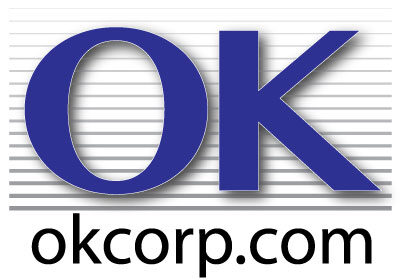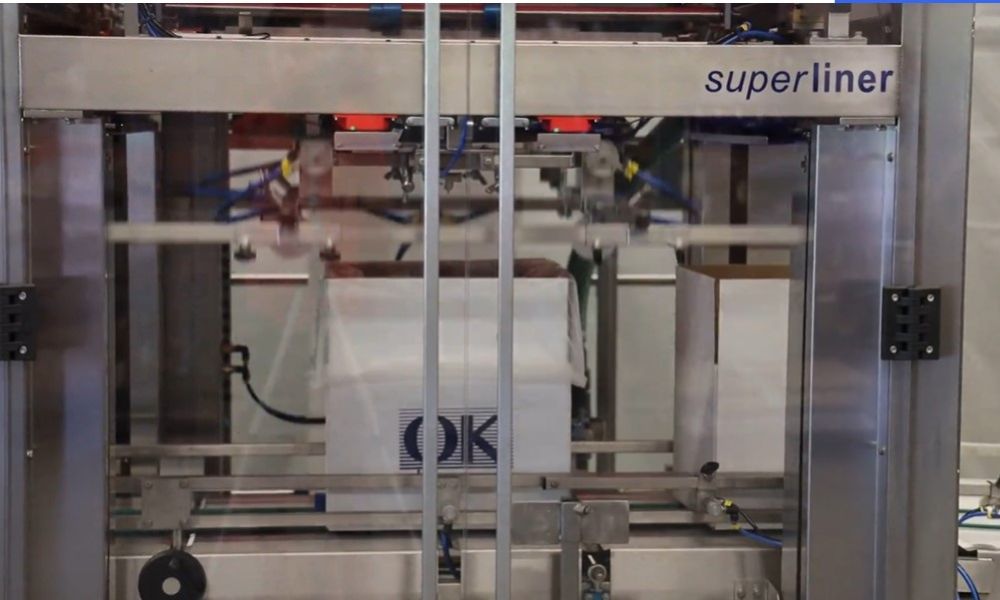Packaging is an important part of manufacturing, but it can be a difficult thing to get right. There are a lot of moving parts and machines, and effectively integrating a packaging line can be complex. Follow these guidelines for a successful packaging line integration to simplify things. The right planning and effort can go a long way in helping your business and packaging operations thrive in the long run.
Understand Your Current Packaging Line
Prior to integrating a new packaging line, thoroughly comprehending the existing system is of the utmost importance. Analyze the following:
- Types of equipment
- Capabilities
- Limitations
- Bottlenecks
- Inefficiencies
With a comprehensive assessment, you can uncover intricate details that highlight areas for improvement. Armed with this knowledge, you can devise a meticulous integration plan tailored to address your specific needs and requirements.
Determine Your Goals
Take the time to carefully consider what you hope to achieve with the integration. Do you want to increase operational speed to meet growing demands, reduce waste, or boost customer satisfaction? Clearly defining your goals and objectives will provide a solid foundation for the integration process. Defining your goals will also help you make the right choices when pursuing your packaging line’s end goal.
Additionally, you may want to consider conducting a comprehensive cost-benefit analysis. This analysis will enable you to make the right strategic choices that help boost your packaging line’s efficiency.
Test and Troubleshoot
Thoroughly testing and troubleshooting each piece of equipment is essential before fully implementing the integrated packaging line into your production process. This stage will identify any potential issues or areas for improvement before they impact your production. Conduct trial runs and simulations to test your integrated system’s functionality, and then address any identified issues promptly.
During the testing phase, try to create a comprehensive checklist to ensure you examine all aspects of your equipment. This checklist should include checking for proper alignment, calibrating sensors and actuators, and verifying measurement accuracy. You can have confidence in the reliability and efficiency of your integrated packaging line by meticulously going through each step.
Monitor and Adjust
Once the integration is complete, it is important to closely monitor the performance of your packaging line. You can maintain your operation’s efficiency and identify any ongoing issues or areas for improvement by implementing a system of regular evaluations, collecting data on key metrics, and actively involving your team. This proactive approach will help you optimize efficiency, minimize downtime, and deliver high-quality products to your customers consistently.
Consider these guidelines for a successful packaging line integration as most of these integration types require careful planning, communication, and attention to detail. It sounds like a lot, but it doesn’t have to be—when you get the professionals at OK Corp on your side, turnkey packaging lines are easy to implement! With OK Corp, you’ll have increased efficiency and productivity in your packaging process in no time at all!

